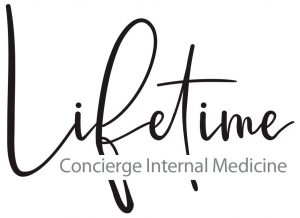OCTOBER 29, 2020
As a primary care physician, I have a responsibility to educate patients about the importance of healthy strong bones. If you can develop healthy habits early in life, then oftentimes you can avoid developing osteoporosis or experiencing a fracture.
What does the term “osteoporosis” mean?
Osteoporosis is a condition characterized by low bone mass and loss of bone structure, leading to fragile bones and increased risk of fracture. It is considered a “silent” disease, because bone loss occurs without symptoms. One in 2 women in the United States over the age of 50 will break a bone in their lifetime due to osteoporosis.
What sites are most susceptible to fracture?
Your wrists, hips, and lumbar spine are all sites at risk for fracture and can lead to significant pain and loss of function.
What are risk factors for osteoporosis?
-
Being a woman older than 60 years of age, or a man older than 70
Estrogen and testosterone levels both wane with age, and are critical to bone health. -
Having a body mass index (or BMI) less than 19
Increased fragility leads to increased fracture risk AND lower BMIs are associated with lower estrogen levels in women. -
Loss of height of more than 1.5 inch as an adult
This loss of height indicates the possibility of an asymptomatic compression fracture. -
Family history of osteoporosis, significant stooped back or hip fracture.
Did either of your parents sustain a hip fracture or have significant loss of height? -
Having a medical condition that reduces bone density
-
Having a medical condition that puts you at risk for falling
Parkinson’s disease and spinal stenosis both can lead to instability with ambulation, thereby increasing fall risk. -
Taking certain medications which lower bone density
Steroids, antidepressants, anticonvulsants, immunosuppressant medications, medications such as aromatase inhibitors used to treat breast cancer, and medications such as pioglitazone used to treat diabetes all will reduce bone density over time. -
Drinking alcohol excessively or smoking


